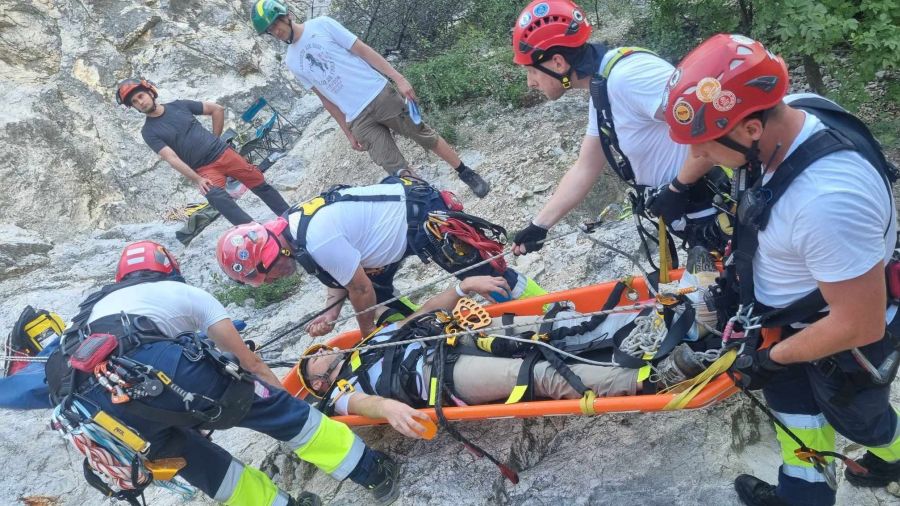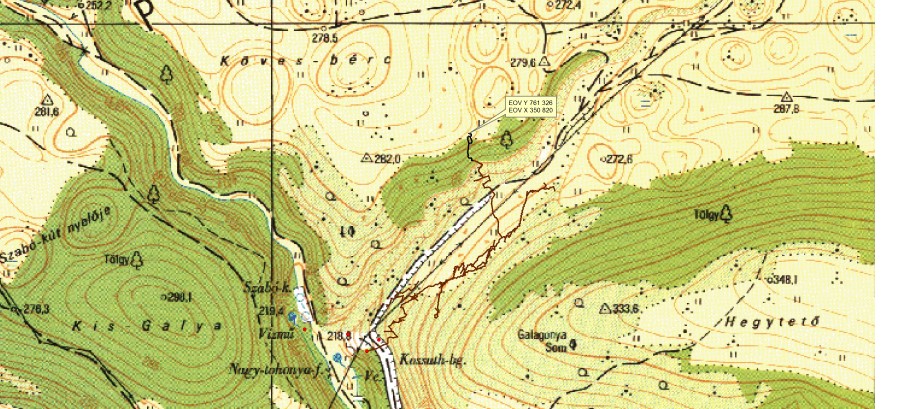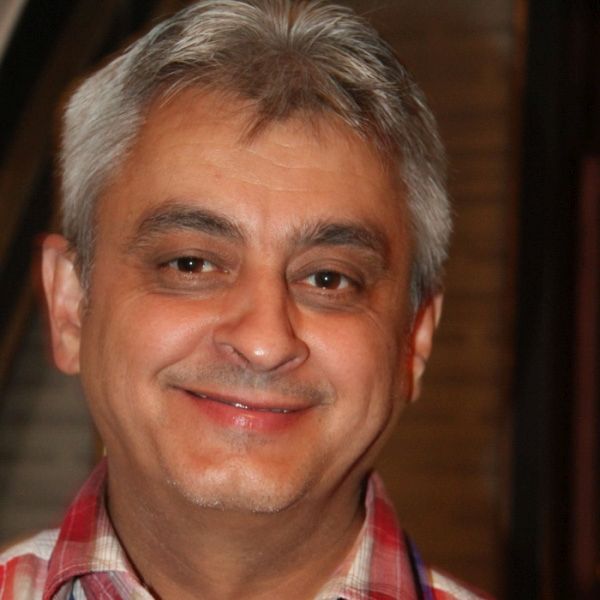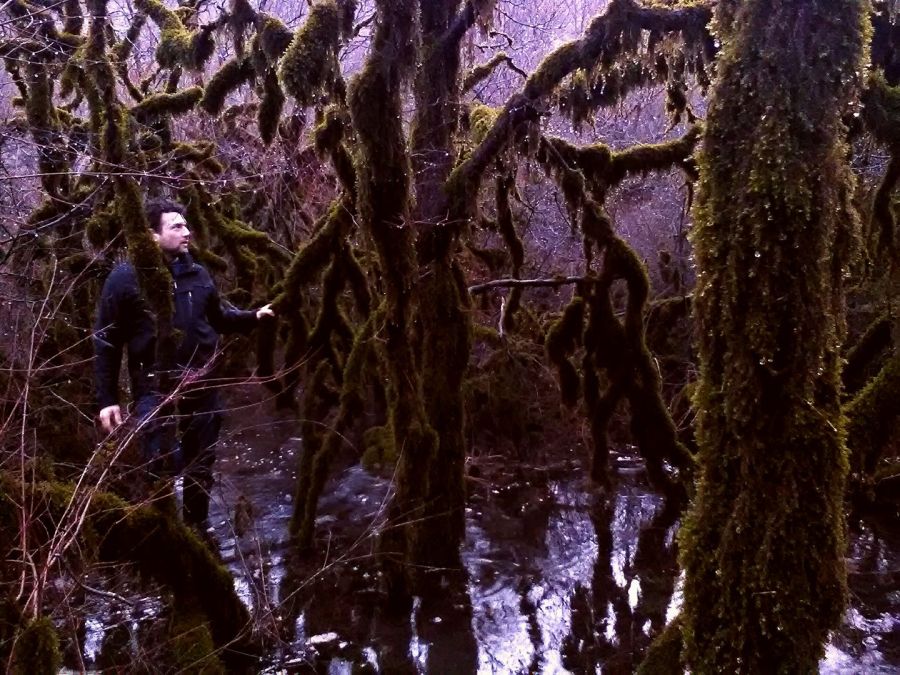 For years, Belgian firefighters have been organising rescue exercises and competitions for their own national staff under the name of The Grimpday. In recent years it has grown into a truly international competition - staying in the original country - but professional and civilian rescue organisations from all over the world come to compete. Under the leadership of the Hungarian Hunor professional heavy search and rescue (USAR) and industrial technical rope rescue team, which has already participated successfully in The Grimpday for several years, a team of enthusiastic volunteers has created the Hungarian equivalent of The Grimpday, focusing on mainly Hungarian firefighting and other rescue organisations, as in the original competition.
For years, Belgian firefighters have been organising rescue exercises and competitions for their own national staff under the name of The Grimpday. In recent years it has grown into a truly international competition - staying in the original country - but professional and civilian rescue organisations from all over the world come to compete. Under the leadership of the Hungarian Hunor professional heavy search and rescue (USAR) and industrial technical rope rescue team, which has already participated successfully in The Grimpday for several years, a team of enthusiastic volunteers has created the Hungarian equivalent of The Grimpday, focusing on mainly Hungarian firefighting and other rescue organisations, as in the original competition.
The weekend competition provided an opportunity for volunteer and professional rescue teams to showcase their rope skills, creativity, planning and organisational skills, and cooperation abilities in complex rescue simulation situations after years of practice. The competing teams had to perform tasks in urban, industrial and field conditions. All the competing teams rescued people from a 60-metre-high Ferris wheel on Elisabeth Square, lifted seriously injured people onto the embankment, moved overweight stretchers in a city centre staircase and all teams had to deal with the rubble of the Rókahegyi quarry.
All Stories
Dear caver and diver friends,
On April 3, 2022, our friend Márton Mede disappeared during an exploratory dive. Several organizations worked hard during his search and later to bring him to the surface, with their help our friend's body left his beloved cave after a week.
Dear cavers, dear friends!
The Hungarian Cave Rescue Service, together with several cave rescue and diving services, has been organizing and performing several search and rescue operations inside the Kossuth Cave. These activities are related to the accident that happened on Sunday. Cave rescue service personnel, cave divers and civilians are engaged in a physically and especially mentally exhausting tasks in extreme environmental conditions.

In addition to the large number of volunteers, the members of the Counter Terrorism Centre (TEK)– have joint the operation on Monday night. Their task is to help the organisation and the logistics and support the work of the professionals working inside the cave. The commander of TEK ordered a full news block on Monday in connection with the ongoing operation.
As soon as the Counter-Terrorism Centre lifts the news block, we will be happy to inform all those interested about the current situations and the results of the rescue process. It will also be possible to answer the many questions that have arisen since.
We would like to thank you for your support and for the understanding of the current situation.
Hungarian Cave Rescue Service
Recently we had to say goodbye to two people who dedicated their lives to caves, mountains, cave and mountain rescues. While working together many times during the years we have became good friends. We will hold their memories in our hearts forever.
Bartolomej Šturmann (1965 – 2020)
 Unfortunately after a long illness the president of the Cave Explorers of Rozsnyó (Speleo Roznava) passed away.
Unfortunately after a long illness the president of the Cave Explorers of Rozsnyó (Speleo Roznava) passed away.
Berci started caving in 1989 and joined the Speleo Roznava caving group in 1991 with which he caved in the caves and karst areas of the surrounding countries, he participated in many foreign cave expeditions like the polish Snezna or the Slovenian Brezni pro Gamsovi caves.
1/16/2019 - The story of the summer Thai rescue has been picked up again by the world press these days, due to a recently published book recorded by on-site reporter Liam Cochrane entitled The cave - The inside story of the daring Thai cave rescue. The same writer published a three-part series on internet containing press-excerpts from the book.
According to the editors of the newspapers presenting the book, the main strength of the book is that it writes a lot about the circumstances of the rescue, which allegedly do not reflect the conditions communicated to parents and news-hungry media of the world may have known before. News released in the summer also mentioned about some sedation during the rescue, but suggested that even in this condition, the rescued children remained somewhat vigilant, actively swimming, following the driver's guideline, participating in their own rescue. To be able for this, they learned to swim inside, in the cave, and learned how to use a respirator and a full face mask. According to the news available then, the diver was at the front with a bottle of breathing gas attached to the face mask, followed by the swimming child, and at the back another lifeguard was helping the child if they got in trouble. According to the Liam Cochrane-s book the children came to the surface as a “package” with fixed arms to keep them physically intact, to avoid jams, being moved by straps on their backs, managed by rescue divers in the water.



